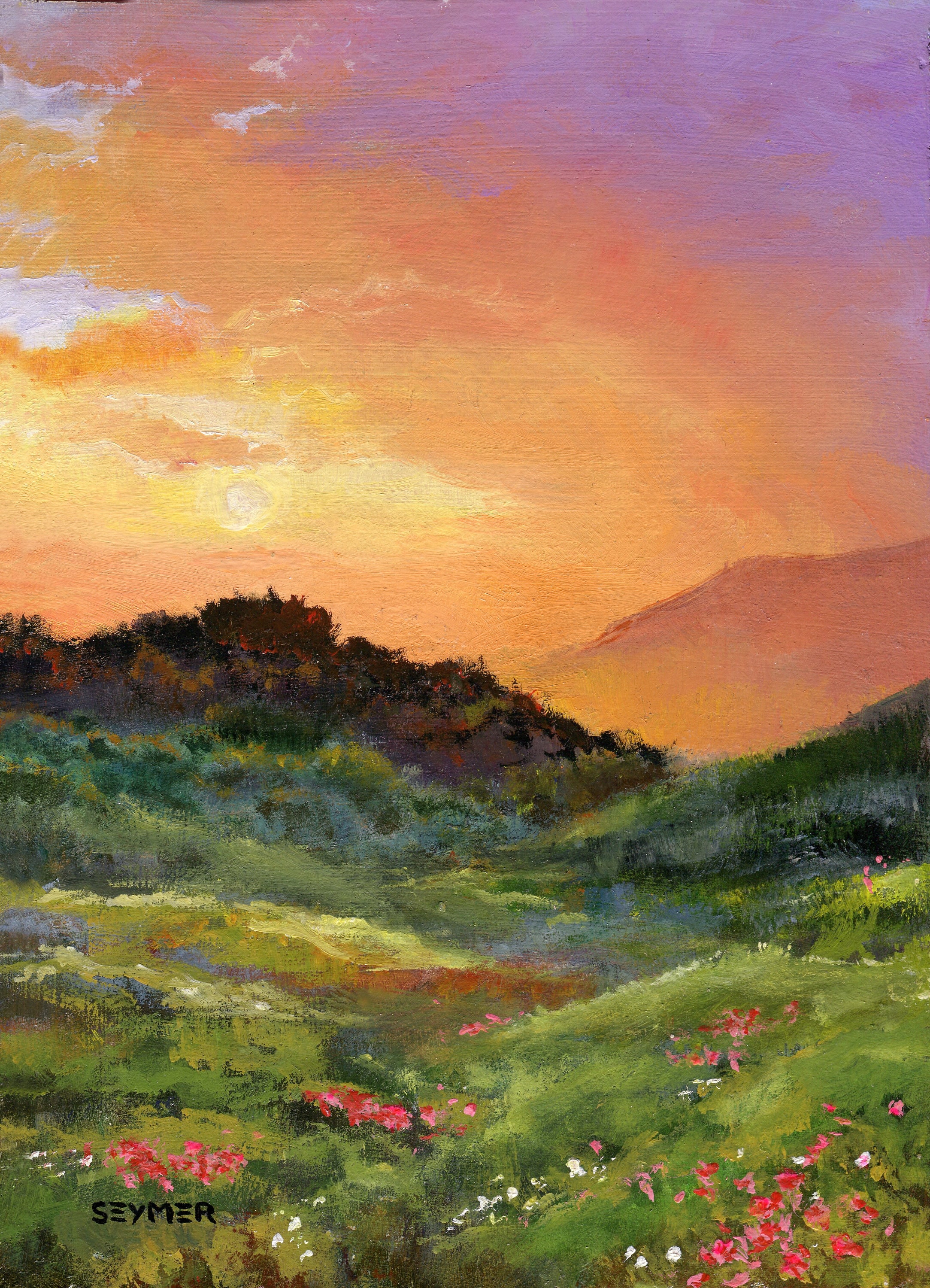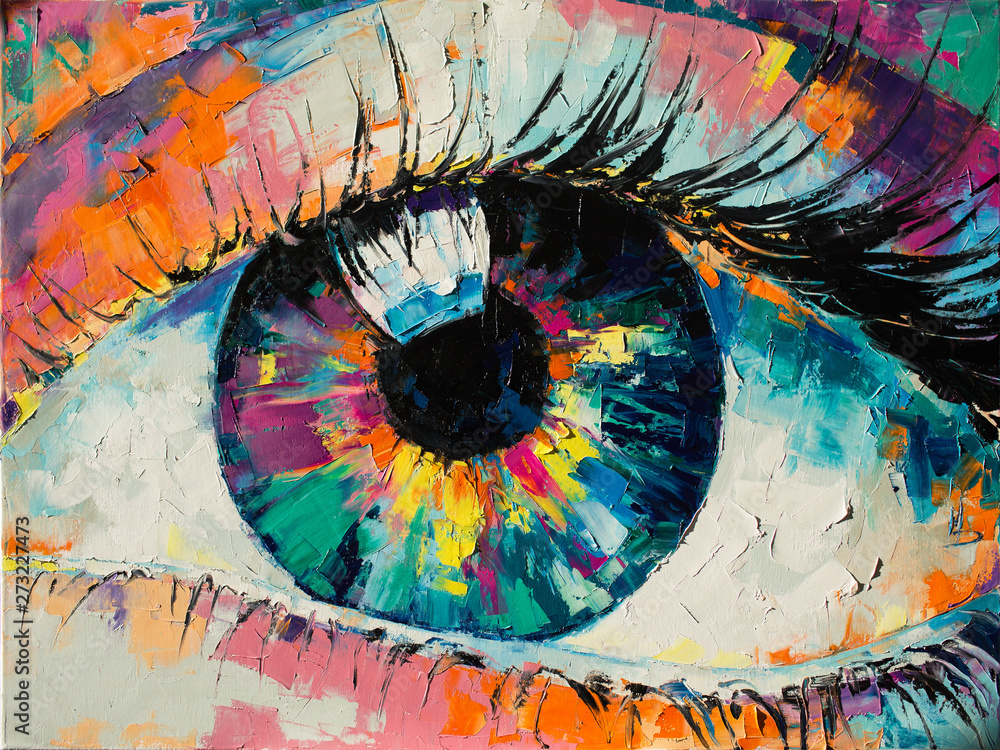Exclusive Collector's Oil Paintings for Sale
Exclusive Collector's Oil Paintings for Sale
Blog Article
Exploring All Regarding Oil Paints: An Overview to Comprehending Their Appeal and Worth
Oil paints have mesmerized audiences for centuries, providing a look into the creative mastery of various periods. Their abundant history is linked with ingenious strategies and profound psychological expression. Recognizing the products and methods behind these art work can boost gratitude. Additionally, the marketplace for oil paintings provides opportunities for investors and collection agencies alike. As one explores this remarkable world, the inquiry occurs: what makes an oil paint absolutely valuable?
The Background of Oil Paint: A Trip With Time
Oil paint has roots that date back to ancient times, it absolutely thrived throughout the Renaissance, when musicians discovered its flexibility and abundant color capacity. Early examples can be traced to the 7th century, with strategies advancing notably throughout societies. The tool became famous in Northern Europe in the 15th century, specifically through the works of artists like Jan van Eyck, that originated its usage for comprehensive realistic look and vivid shades. This duration marked a separation from tempera paints, permitting for better depth and appearance. As oil paint spread, it affected many musicians, bring about masterpieces by prominent numbers such as Leonardo da Vinci and Rembrandt. The tool's heritage continues, forming the art globe well into modern times.
Recognizing Oil Repaints: Products and Techniques
As musicians explore the globe of oil paints, they come across a diverse selection of products and strategies that specify this tool. The primary components of oil paint include pigments, which give color, and drying oils, such as linseed, that bind the pigments and facilitate application. Numerous ingredients can modify the paint's structure and drying out time, boosting convenience. Methods like glazing, where clear layers are constructed up, and impasto, which includes using thick paint, enable for different visual results. In addition, making use of brushes, scheme blades, and even fingers can produce one-of-a-kind textures and coatings. Comprehending these methods and products allows musicians to fully reveal their creative thinking and achieve the preferred impact in their artwork.
The Duty of Color in Oil Paints
Shade plays a critical duty in oil paints, influencing both aesthetic appeal and psychological resonance. Understanding color theory essentials, consisting of the relationships between shades, can enhance an artist's capability to convey state of mind and ambience. In addition, mastering shade mixing methods enables higher deepness and splendor in a painting's palette.

Shade Theory Basics
Recognizing shade theory is crucial for musicians functioning with oil paints, as it creates the foundation for developing unified and visually appealing make-ups. Shade concept includes the research of exactly how shades engage, the shade wheel, and the partnerships in between key, second, and tertiary shades. Artists make use of corresponding shades to improve contrasts and produce centerpieces, while analogous colors advertise unity and cohesiveness within an item. In addition, the principles of warm and cool shades affect the understanding of deepness and space in a painting. Understanding these principles allows musicians to adjust color successfully, guiding the viewer's eye and communicating their designated message. Mastery of color theory inevitably enhances a musician's ability to share emotions and concepts through their work.
Emotional Impact of Color
The psychological effect of color in oil paintings plays a crucial function in just how visitors connect and perceive with art work. Colors stimulate specific sensations and moods, affecting the visitor's emotion. For example, warm colors like oranges and reds can develop a sense of heat and power, while trendy tones such as blues and environment-friendlies typically stimulate calmness or self-contemplation. Artists strategically pick shade palettes to boost narrative aspects, assisting the audience's psychological journey. The saturation and comparison of colors even more enhance these results, drawing attention and creating focus. Eventually, the interplay of shades in oil paintings not only improves their visual charm however additionally acts as an effective tool for psychological expression, enhancing the customer's experience and interpretation.
Shade Combining Techniques
While many elements of oil paint add to the general composition, mastering color mixing strategies is vital for accomplishing preferred impacts and depth. Shade blending can be come close to via various methods, consisting of the additive and subtractive procedures. Additive blending entails combining shades of light, while subtractive mixing counts on pigments, where shades mix to create brand-new shades. Musicians commonly use a minimal combination to develop unified jobs, understanding the connections between key, additional, and tertiary colors. Strategies such as glazing and scumbling even more boost depth and brightness. By masterfully mixing shades, an artist can evoke feelings, create centerpieces, and attain a feeling of realism, inevitably raising the painting's aesthetic and psychological impact.
Famous Oil Painters and Their Iconic Works

Famed for their mastery of shade and technique, oil painters have actually developed some of one of the most well known artworks in background. Popular musicians like Vincent van Gogh mesmerized target markets with his emotive brushwork in "Starry Night," while Claude Monet's "Perception, Sunup" laid the groundwork for Impressionism. Leonardo da Vinci's "Mona Lisa" remains a long-lasting symbol of imaginative genius, showcasing his ability in catching human expression. Rembrandt's "The Night Watch" highlights his innovative usage of light and darkness. Other noteworthy figures include Pablo Picasso, that transformed contemporary art with his strong testing in works like "Les Demoiselles d'Avignon," and Georgia O'Keeffe, whose dynamic representations of landscapes and blossoms helped specify American modernism. Each artist's special design added greatly to the oil paint landscape.
How to Assess the Quality of an Oil Painting
Evaluating the top quality of an oil painting entails a cautious evaluation of workmanship strategies, as well as an evaluation of shade and structure. Observing brushwork, layering, and the application of paint can expose the musician's skill level. Furthermore, the interaction of shades and the overall plan of elements add substantially to the painting's aesthetic value.
Analyzing Craftsmanship Techniques
A careful evaluation of workmanship techniques is necessary for establishing the top quality of an oil painting. Evaluators must initially check out the application of paint; thick, textured brushstrokes might suggest a knowledgeable hand, while excessively uniform applications could indicate an absence of deepness. oil paintings for sale. The layering technique is also vital; the presence of glazes and differed thickness can improve brightness and complexity. In addition, the quality of the products made use of, such as the canvas and pigments, plays a substantial role in longevity and general visual. Attention to detail in elements like sides and changes between colors shows the musician's dedication to their craft. Inevitably, these methods add to the paint's emotional influence and market value, functioning as indications of the artist's ability and intent
Analyzing Shade and Composition
While reviewing the top quality of an oil painting, one need to concentrate on the interaction of color and structure, as these elements are basic to the artwork's general impact. Shade selections can stimulate emotions and develop mood; therefore, the musician's scheme must be checked out for harmony and contrast. A healthy structure directs the customer's eye and develops a feeling of unity. Musicians typically employ strategies like the rule of thirds or leading lines to enhance visual interest. Furthermore, the usage of light and shadow can add depth, boosting the get more info three-dimensionality of the painting. Inevitably, a successful oil paint weds shade and composition, involving the customer and welcoming a deeper recognition of the musician's vision and technique.
Caring for and Preserving Oil Paintings
Correct treatment and preservation of oil paintings is necessary for maintaining their integrity and longevity. To shield these artworks, it is important to display them far from direct sunlight, which can trigger fading and discoloration. Maintaining a stable setting with regulated temperature level and humidity further aids in stopping damage. Cleaning must be done gently making use of a soft, completely dry fabric, avoiding any severe chemicals that could damage the paint or varnish. Normal evaluations for signs of deterioration, such as fracturing or flaking, are suggested. When carrying or keeping oil paintings, proper extra padding and framework are needed to stay clear of physical harm. Ultimately, attentive treatment contributes to the visual allure and value of oil paintings with time.
The Marketplace for Oil Paintings: Spending and gathering
Recognizing the market dynamics for oil paints is crucial for capitalists and enthusiasts alike. The value of these artworks is influenced by various aspects, including the artist's track record, historic relevance, and present patterns. Collectors typically seek pieces that reverberate personally while taking into consideration possible admiration in worth. Galleries and public auctions act as primary locations for acquiring and selling, with rates changing based on demand and rarity. Spending in oil paintings requires research study into the marketplace, along with an understanding of credibility and provenance. In addition, emerging musicians may use chances for considerable returns, while developed names can command high costs. On the whole, a calculated method to accumulating can yield both visual satisfaction and economic rewards.

Regularly Asked Concerns
What Are the Environmental Effects of Oil Paint Products?
The environmental effects of oil paint materials include the release of unpredictable natural substances (VOCs), dangerous waste generation, and source removal for pigments. These aspects add to air pollution and eco-friendly destruction, raising worries amongst environmentally conscious artists and customers.
Exactly How Do Different Canvases Influence Oil Painting Outcomes?
Various canvases affect oil painting results considerably. Absorbency, surface area, and appearance high quality can change paint application, drying times, and color vibrancy. Musicians often pick particular canvases to achieve preferred impacts and enhance their creative expression.
Can Oil Paintings Be Brought Back if Damaged?
If harmed, Oil paintings can without a doubt be recovered. Professional conservators make use of numerous methods to fix splits, clean surface areas, and address staining, making sure that the art work keeps its initial appeal and worth for future generations.
What Are the Indicators of an Initial Oil Paint?
The indicators of an initial oil painting include visible brush strokes, appearance variations, and an irregular canvas weave (oil paintings for sale). Furthermore, authenticity might be verified with provenance, signatures, and the existence of a varnish layer special to oil tools
Just How Has Modern Technology Influenced Modern Oil Paint Techniques?
Modern technology has considerably affected modern oil painting methods by introducing electronic tools for planning, enhanced materials for texture and durability, and on the internet systems for sharing and marketing art, therefore expanding artists' creative opportunities and audience get to. Oil paint has origins that date back to ancient times, it genuinely grew during the Renaissance, when artists uncovered its adaptability and abundant shade possibility. The psychological effect of shade in oil paints plays a critical function in just how customers link and perceive with art work. While many facets of oil paint add to the general composition, grasping shade mixing strategies is important for attaining wanted impacts and depth. Reviewing the top quality of an oil paint includes a mindful assessment of craftsmanship strategies, as well as an analysis of color and composition. While reviewing the top quality of an oil paint, one should concentrate on the interplay of color and composition, as these aspects are essential to the art work's overall impact.
Report this page